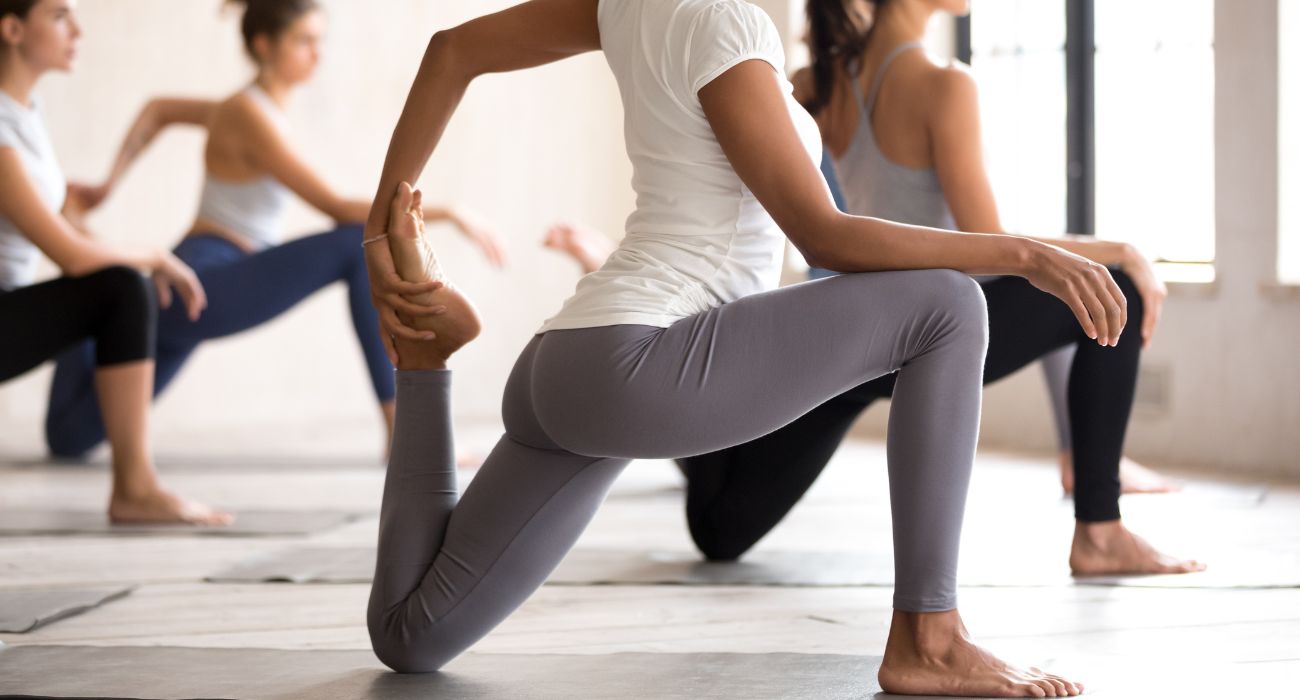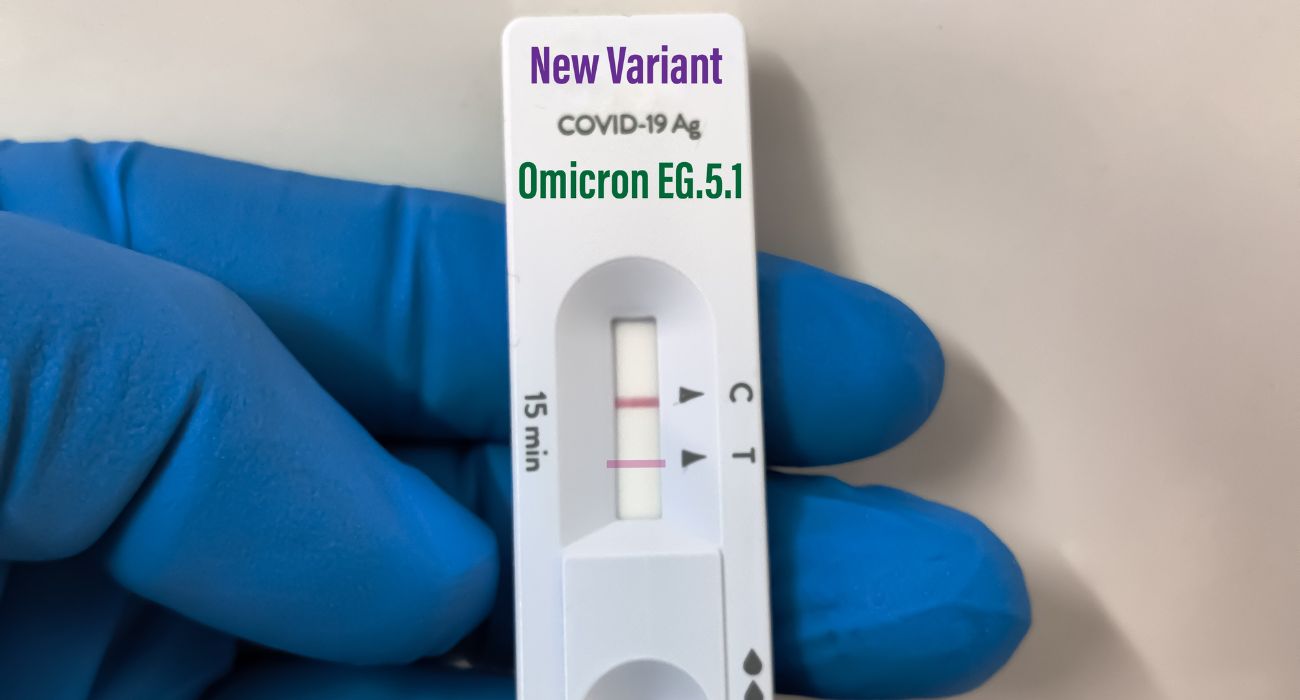As one of the largest weight-bearing joints in our bodies, hips undergo significant strain as we age.
Those with chronic hip pain — and its associative knee joint pain — can experience difficulty performing simple actions like sitting and standing, leading to a significantly lower quality of life.
As such, neglecting our hips can have lasting consequences on our mobility and overall well-being.
In fact, orthopedic experts report that tight hip flexors can increase your risk of injury, make your anxiety levels spike, and contribute to bad posture — including a belly that sticks out.
Here are some tips for keeping hips in tip-top shape not only through strengthening exercises but by making healthy lifestyle choices.
Test Your Hip Stability
Matt Dixon, an Ironman triathlon master coach and owner of San Francisco-based Purple Patch Fitness, told The Wall Street Journal that an easy way to assess your hip stability is to try standing on one leg.
If your hips are unstable, you may notice a tilt of the pelvis to one side, a sideways bend in the torso, or a raised shoulder.
The muscles surrounding the hip joint — including the dominant glutes and quads, the more minor hip flexors, and hip abductors — all work together to keep your lower body in alignment.
When hip muscles are weak, there can be stress on the ligaments, joints, and muscles due to a tendency of the knee to buckle inwards, according to Dixon.
Good posture — including stable hips — can be instrumental in preventing muscular imbalances and alleviating discomfort in the neck and back.
Strengthen Hips With Exercise
A good way to stabilize your hips is to strengthen your core muscles and glutes, according to Dr. Michael Banffy, an orthopedic surgeon and sports medicine specialist at the Cedars-Sinai Kerlan-Jobe Institute.
Dixon outlined a few exercises targeting the hips in an interview with the WSJ.
- Foam Roller Marches: Lying on your back, bend your knees slightly and place both feet on a foam roller. Raise your hips off the ground and walk your feet out. While keeping your knees at a 45-degree angle and your feet hip-width apart, bring one knee in toward your chest. Hold and then release your foot back to the roller. Continue alternating knees.
- Single-Leg Stance With Weighted Knee Drive: Lying on your side with your back against a wall, bend your bottom leg to 60 degrees and prop your head up with your bottom arm. Engage the glute muscles to lift the top leg up to form a 45-degree angle with the bottom leg. Slowly lower down and then repeat.
- Resistance Band Zercher Squat: Using a resistance band anchored in the floor, hook the other end of the band into the crooks of your elbows. As you bend your arms to 90-degree angles with palms facing you, walk back until you feel tension. Place your feet at hip-width apart, keep your back straight, and drop your hips down and back into a squat. Come back up and repeat.
Maintain a Healthy Weight
Weight-bearing joints of the body, such as the hips and knees, can experience greater wear and tear when we are overweight or obese.
Obesity is one of the greatest public health threats faced not only in the U.S. but across the globe.
For instance, the World Obesity Federation recently projected that 51% of the global population — over 4 billion — will be obese by 2035, as The Dallas Express previously reported.
When subject to greater strain over time, arthritic changes can occur on a hip joint, according to Dr. Banffy. Over time, this degeneration could require a total hip replacement.
Losing just 1 pound can remove 6 pounds of pressure from the hips, according to one study.
Stretch Regularly
Extended hours in a seated position can lead to a tightening of crucial muscles in the hips.
A regular stretching routine can help increase your range of motion and reduce tightness.
Here of some stretches suggested by Beacon Orthopedics.
- Hip Flexor Stretch: Kneel down on your right knee and put your left foot in front of you. Your left hip and knee should make a roughly 90-degree angle. Keeping your chest up and back straight, gradually push your left hip forward, making the angle of your left hip and knee more acute and the angle of your right hip and knee more obtuse. Your right hip should end up in front of your right knee. Switch sides and repeat.
- Lying Hip Rotations: Lie down on your back with both knees bent and feet on the floor. Lift one leg and place your ankle across the opposite knee. Move the knee of your crossed leg around in a circular motion to stretch out the hip.
Don’t Ignore Your Hip Pain
Given our hips’ importance to our mobility, the biggest tip is not to ignore hip pain when it occurs.
“The single most important thing for people with hip pain is not to ignore it,” explained Dr. Banffy. “Unfortunately, I often have patients in their 30s show up with significant arthritic damage they might have avoided if they had visited an orthopaedic specialist when they were younger.”
A physical therapist might be able to aid in developing a routine specifically geared to your hip weaknesses and help avoid surgery later on.






